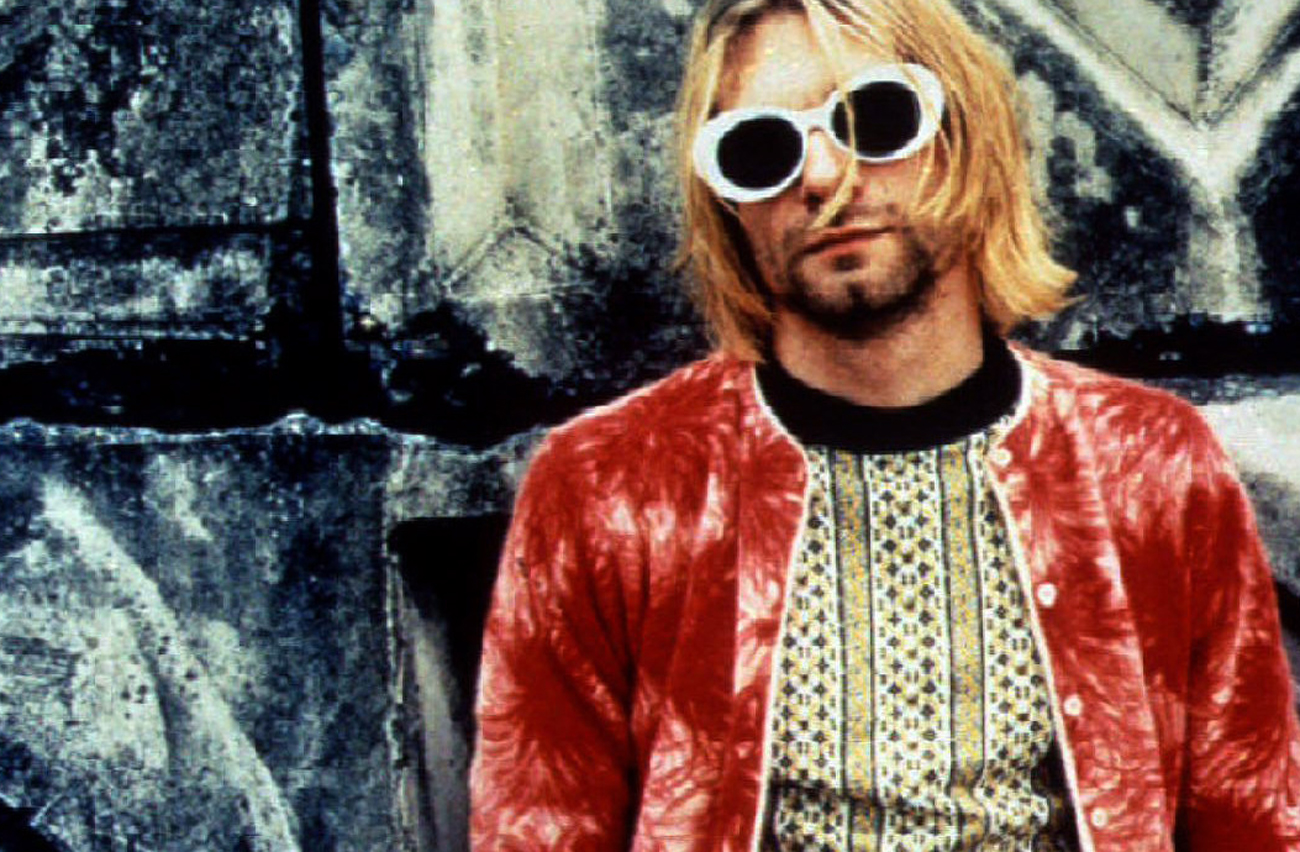"I'm gonna be a superstar musician, kill myself and go out in a flame of glory, just like Jimi Hendrix." So said Kurt Cobain in the years before the world knew who he was. The only thing Cobain may have gotten wrong in that prophetic expression of his own destiny was the implied presumption that the greatest electric guitarist of the modern era died at his own hand – the doctor on the scene ruled that Hendrix asphyxiated in his vomit, and in 2009 a book came out that argued for murder. But whatever the cause of Hendrix’s death (given that his girlfriend testified he’d swallowed nine super-strength sleeping pills, suicide can’t entirely be ruled out), the parallels between the two artists are uncanny. Both played guitar left-handed, both hailed from northern Washington State, both lit a fire under the music industry’s ass while fronting hard rock trios, and both left this world at the age of 27.
Most significantly, like Hendrix, Cobain’s impact would loom even larger in death than it had in life. Where Hendrix taught (or re-taught) the maxim that “form” is the real arbiter of great music – his interpretation of the US national anthem being the primary example – Cobain taught (or, again, re-taught) the critical element of musical authenticity. If anything, the key difference between the two lay in the era each hailed from: Hendrix, who was a contemporary of Miles Davis, Bob Dylan and Jimmy Page, was easily the luckier here, which may be why his legacy is considered more inspirational. Cobain, who rose to prominence in the early ‘90s, a time when cynical record label execs placed their faith and their cash in vacuous mass-produced pop, basically had to “shock” his audience into listening. The people he played for were not only anti-establishment, they were disenchanted and angst-ridden, and his singular achievement was that he raised this generation of slackers from the couch. It’s all summed up in the most memorable line from his most memorable song: “Here we are now, entertain us.”
It’s a matter of debate whether Cobain killed himself on 5 April or 6 April 1994; the county medical examiner determined the time of death as the afternoon of the 5th, while the police report claims that two people spoke to him on the 6th. Either way, yesterday was celebrated as the official anniversary – and oddly, since it was the 17th year since his passing, it appears to have been the biggest. A 3.9-metre high statue of a guitar, created by local artist Lora Malakoff, was unveiled in Cobain’s hometown of Aberdeen, Washington. Attached to the concrete guitar is a steel ribbon, with lyrics from the Nirvana track “On a Plain”: "One more special message to go and then I'm done and I can go home." The site of the statue, said Malakoff, is significant – it lies nears the Young Street Bridge, mentioned in the song “Something in the Way,” where the musician often sought sanctuary to write lyrics.
Watch: Kurt Cobain, RIP: Tributes Paid on 17th Anniversary of Nirvana Frontman's Death:
type="application/x-shockwave-flash">




